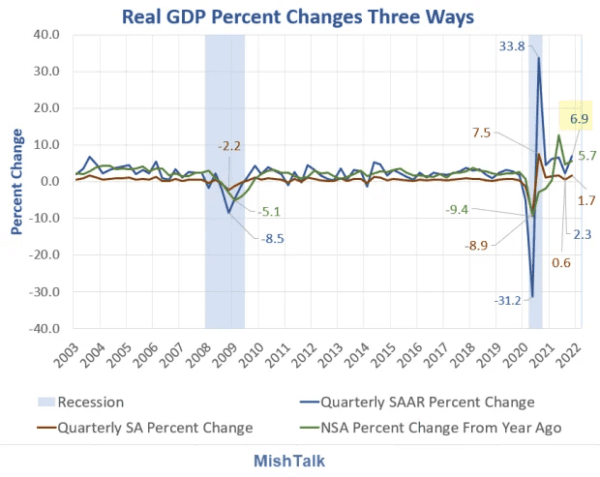Mike Shedlock / Mish is a registered investment advisor for SitkaPacific Capital Management. On my “
MishTalk” global economics blog, I write several articles a day on the global economy. Topics include interest rates, central bank policy, gold and precious metals, jobs, and economic reports, all from an Austrian Economic perspective.


